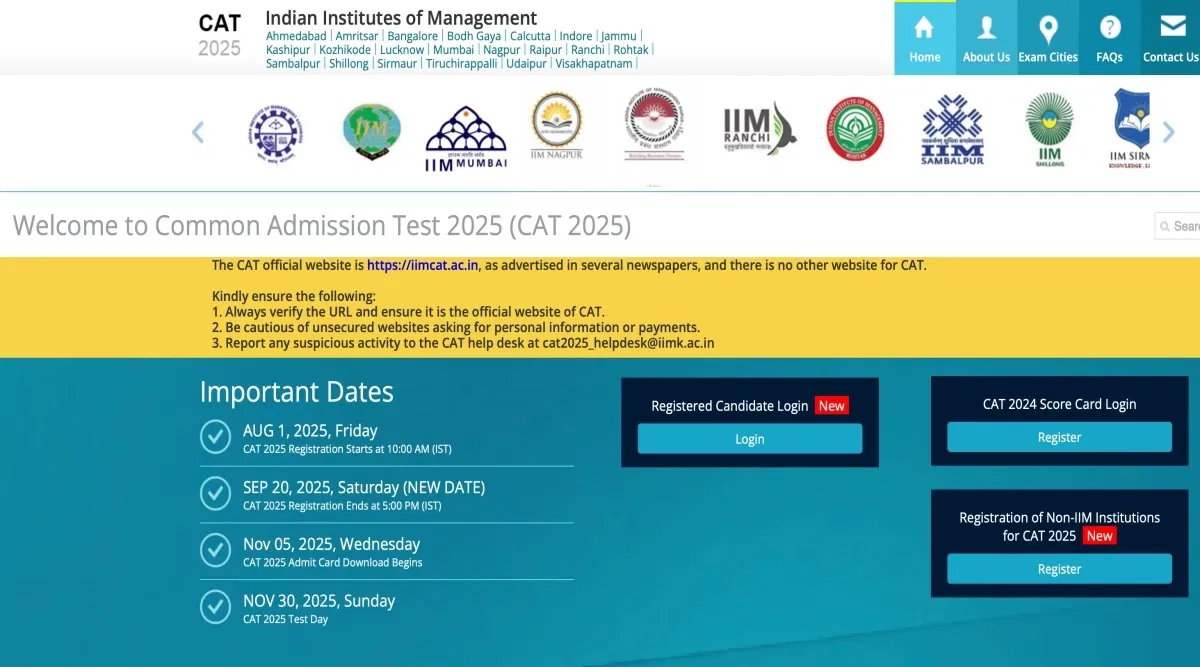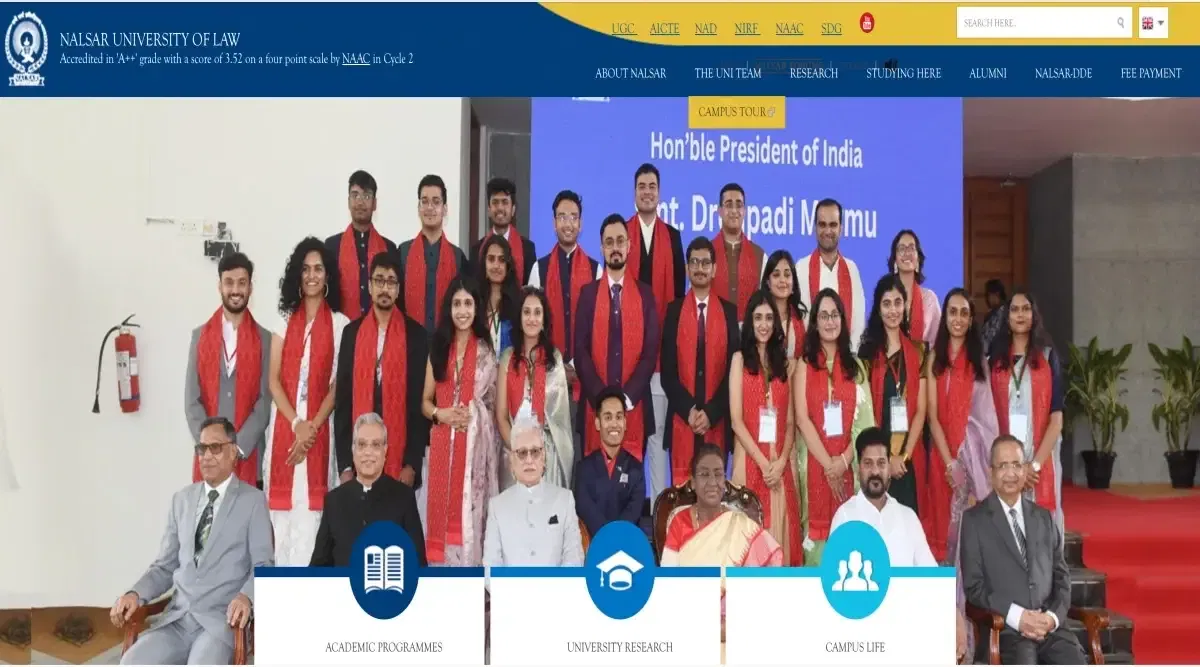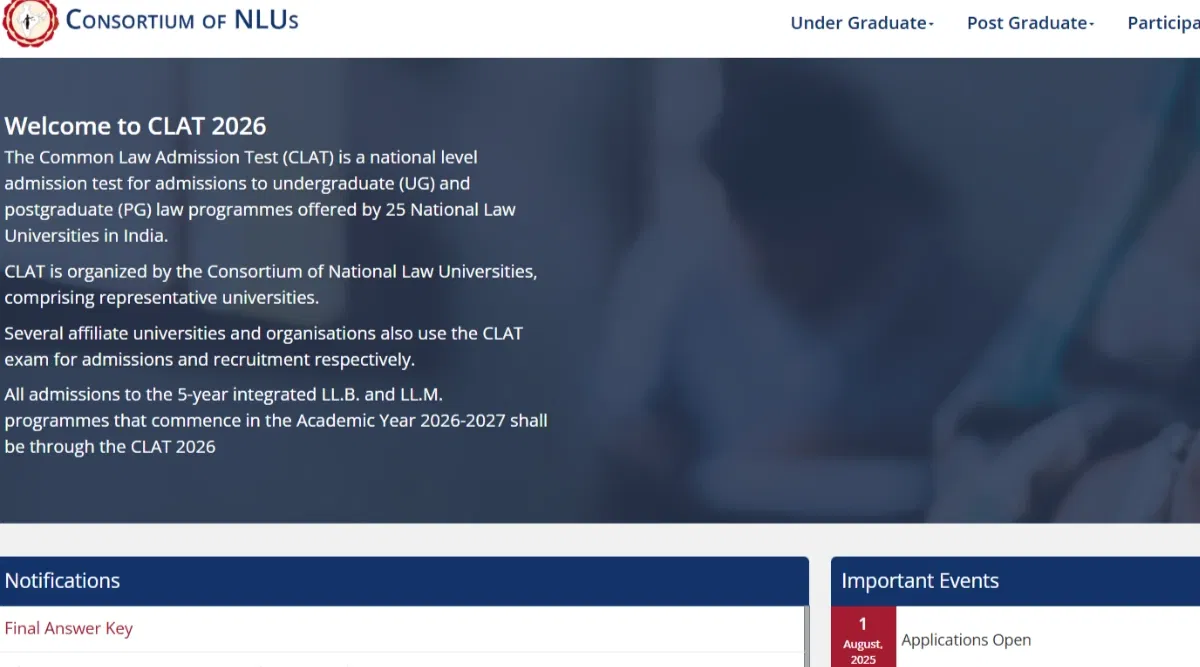Strong economic growth, easy visa policies and permits, quality education, and employment opportunities are factors that make an immigration-friendly country. The top five immigration-friendly countries are Canada, Australia, Germany, New Zealand, and Singapore.
Table of Contents
A large number of students choose immigration friendly countries to study abroad for a variety of reasons, including international job opportunities, incredible learning experiences, and gaining a deeper understanding of different cultures and perspectives. The immigration process is one of the key factors in the choice of a country to study abroad.
The ease and smoothness of the immigration process determine the number of students opting to study in the country. This article aims to provide you with a list of the most immigration friendly countries to study abroad, along with the instructions to apply for permanent residency in these countries.
Best Immigrant Friendly Countries
Most immigration friendly countries to study abroad have features such as a strong economy, easy immigration visa policies and work permits, quality education, and post-study job prospects. Given below is the list of the top five immigration friendly countries to study abroad:
Canada
Canada is widely regarded as one of the most immigration friendly countries to study abroad, as well as one of the best places to live, according to the United Nations. The country is rich in resources and has some of the world’s best universities. With a high standard of living and a low crime rate, Canada is a desirable destination for immigrants. It is also considered among some of the affordable countries in the world with the monthly cost of living for an international student ranging around 2,500 CAD.
People looking to immigrate to Canada can take advantage of a number of immigration programs offered by the government. The programs include a family sponsorship program, a skilled worker program, an immigrant investor program, a refugee program, and an Atlantic immigration pilot program. Canadian government policies have made it easier for Indian students who have graduated from Canadian universities to become permanent residents of the country.
As one of the world's most thriving job markets, Canada has one of the lowest unemployment rates in the world. Canadian immigration rules and flexible visa policies make it one of the most preferred destinations for Indians to settle abroad. In addition, Canada has a number of sectors where skills are in short supply, so graduates seeking careers in professional services are welcome to apply for a work permit and find work there.
A points-based system is used in the country. They check each of the criteria like work experience, education, and age and assign points accordingly. A lot of weight is given to one's educational and language skills and the experience that they gained by utilizing those skills in their respective fields. Canada is among the best countries to live in but to apply for the immigration process; you will need a diploma or a bachelor's degree.
Universities in Canada with the Highest Percentage of International Students
Take a look at some of the top universities in Canada that have the highest percentage of international students:
| Name of the University | Percentage of International Students |
|---|---|
| McGill University | 96.3 |
| University of Toronto | 94.1 |
| Concordia University | 91.2 |
| Simon Fraser University | 90.2 |
| University of Waterloo | 83.4 |
| Dalhousie University | 81 |
| University of Alberta | 79.9 |
| University of British Columbia | 78.8 |
| Université de Montréal | 59.7 |
| McMaster University | 48.1 |
How to apply for permanent residency in Canada?
Now you know the reasons why Canada is considered one of the most immigration friendly countries to study abroad. Let's take a look at how to secure permanent residency while studying there.
- Upon graduating from a designated learning institution in Canada, students can apply for the Post-Graduation Work Permit (PGWP). The application fee for the PGWP is CAD 255, and the permit is issued in 91 days (online) or 111 days (paper).
- Applicants should apply for PGWP within 180 days after receiving the final academic results from their school. When a candidate's program is longer than eight months but less than two years, he/she may be granted a work permit for the same period as the study program. If the program spans two or more years, the work permit will be valid for three years.
- If a student is unable to secure PGWP, he/she can work in Canada under either of the two work permits: An open work permit or an Employer-specific work permit.
- Having gained Canadian work experience, the student has the option of becoming a permanent resident in Canada. As a result, he/she becomes eligible for Express Entry, which is an online system for managing permanent residence applications for skilled workers. It comprises the Federal Skilled Worker Program, the Federal Skilled Trades Program, and the Canadian Experience Class.
- Candidates must first determine whether they are eligible for any of the Express Entry programs. Eligible candidates must prepare the necessary documents before filling out the profile form. The documents required for the profile include passports, travel documents, language test scores, educational credentials, provincial nominations (if available), and written job offers from employers in Canada (if available). In order to complete the permanent residency application, the candidates will need to upload all necessary documents, such as the police certificate, medical exam certificate, and proof of funds.
- After reviewing all the details, the Express Entry profile needs to be submitted. CRS then scores these profiles based on the information provided in them.
- A candidate who scores high is invited to apply for permanent residency within 60 days. It takes six months or less for the application for permanent residence to be processed.
Australia
Australia is an international student-friendly destination due to its aesthetic locations, ease of living, safety, and high education standards. It is considered among the immigration friendly countries to study abroad since there are easy regulations for getting a permanent residency. The monthly cost of living for an international student in Australia is between 1,400 and 2,500 AUD covering living expenses such as accommodation, food, and social activities.
Australia also has a points-based system and is considered a land of opportunities for employment. The government awards points for each criterion, including employment experience, age, and education. To apply for the immigration process, a candidate can have a maximum age of 49 years old, and the minimum educational requirements are having a diploma or bachelor's degree.
For international students to be eligible for a post-study work visa in Australia, they must have studied in Australia for a minimum of two years. An applicant can be a Bachelor's, Master's, or Doctoral degree holder to qualify for the same. Student's field of study will not affect their eligibility for a post-study visa in Australia. The country provides a SkillSelect Migration Program that allows international students who have graduated from Australia to apply for permanent residency.
Universities in Australia with the Highest Percentage of International Students
The following table illustrates some of the top Australian universities that have the highest percentage of international students:
| Name of the University | Percentage of International Students |
|---|---|
| The University of Sydney | 100 |
| The University of Melbourne | 100 |
| Monash University | 100 |
| The University of Queensland | 99.9 |
| The Australian National University | 99.6 |
| The University of Western Australia | 99.6 |
| The University of New South Wales (UNSW Sydney) | 99.2 |
| Macquarie University | 97.5 |
| University of Technology Sydney | 94.9 |
| University of Wollongong | 86 |
How to apply for permanent residency in Australia?
The following steps can be taken by international students who graduated from Australia to become permanent residents.
- Candidates must register through SkillSelect on the Department of Immigration & Border Protection's website by submitting an EOI form that includes details such as the applicant's given name and family name, birth date, birthplace, gender, nationality, passport details and place of residence. The applicants must provide an email ID and a password in order to create an account. After submission, an expression of interest identification number will be sent to the applicants by email for future reference.
- Candidates who have created an account on SkillSelect must log in using their identification number and password and complete all sections.
- Applicants can now choose the type of visa applicable to them - Skilled Independent Visa (Subclass 189). With Subclass 189, you can work anywhere in Australia and study and sponsor eligible relatives for permanent residence.
- The next step is to submit the details of their English language tests, including exam date, test reference number, scores, educational details, and employment history.
- Following the submission of an expression of interest, the application will be assessed and ranked against other prospective applicants. If the applicant ranks high, he or she is invited to apply for the visa.
Germany
Known for its automobile industry, Germany is a favourite study abroad destination for students seeking education in Europe. Germany’s stable economy, world-class educational institutions, great infrastructure, and rich cultural heritage attract international students to Germany to pursue their career goals. Being one of the immigration friendly countries to study abroad, it is easy to earn the country's PR. For getting permanent residency in Germany, the best way is to obtain a Residence Permit/EU Blue Card from Foreign Nationals’ Registration Office in the vicinity.
Students with a residence permit can work in an industry-appropriate to their course of study and qualification after school for 18 months. Following a two-year work experience, students may apply for permanent residency in Germany if they continue to hold a job in Germany that covers their living costs. The cost of living for international students in Germany comes up to 850 Euros every month.
Universities in Germany with the Highest Percentage of International Students
Following is a list of some of the top German universities that have the highest percentage of international students:
| Name of the University | Percentage of International Students |
|---|---|
| Technical University of Munich | 84.7 |
| Technische Universität Berlin (TU Berlin) | 74.4 |
| RWTH Aachen University | 70.3 |
| Technical University of Darmstadt | 68.7 |
| Ruprecht-Karls-Universität Heidelberg | 49.5 |
| Freie Universitaet Berlin | 46.6 |
| KIT, Karlsruhe Institute of Technology | 60.5 |
| Albert-Ludwigs-Universität Freiburg | 43.9 |
| Universität Stuttgart | 51.5 |
| Universität Duisburg-Essen | 47.8 |
How to apply for permanent residency in Germany?
Here are the steps to apply for German permanent residency for international students.
- Students who have worked in Germany for at least two years following their graduation from a German higher education institution can apply for a German permanent residence permit known as the Settlement Permit (Niederlassungserlaubnis) after fulfilling certain eligibility requirements.
- Along with the completed application form, the applicants need to prepare their documents well if they want to apply for permanent residency. Among these documents are a valid passport, degree certificates, employment proof for the past two years, employment contract, pension proof, health insurance proof, biometric photo, proof of accommodation, registration, rental agreement, and proof of proficiency in German language, etc. Post that, the final application can be submitted.
New Zealand
With its natural beauty and rich cultural heritage, New Zealand has become one of the most popular study destinations for international students. It has a world-class education system, excellent infrastructure, a low unemployment rate, a low crime rate, and a strong economy. These factors attract several students from all over the world to study in the country and settle in the future. The living costs in New Zealand for international students are very reasonable and come up to 15,000 New Zealand dollars for the whole year.
Being considered among the immigration friendly countries to study abroad, a majority of Indian students who study in New Zealand go for a post-study work visa to pursue a professional career. Candidates may gain permanent residency there by doing so. As part of the PR process, prospective applicants are awarded points based on their educational qualifications, employability, work experience, age (must be less than 55 years old), and family ties. The majority of Indian students applying for a PR go for a Skilled Migrant Category Resident Visa.
Universities in New Zealand with the Highest Percentage of International Students
The table given below shows some of the universities in New Zealand which have the highest percentages of international students
| Name of the University | Percentage of International Students |
|---|---|
| The University of Auckland | 94.5 |
| University of Otago | 59 |
| Massey University | 97.9 |
| Lincoln University | 99.5 |
| Auckland University of Technology (AUT) | 100 |
| University of Waikato | 85.3 |
| University of Canterbury | 60.2 |
| Victoria University of Wellington | 54.3 |
How to apply for permanent residency in New Zealand?
Please refer to the steps given below to know how an international student who has graduated from New Zealand can obtain permanent residency through the Skilled Migrant Category Resident Visa.
- The applicants must submit an Expression of Interest (EOI) with the necessary information. Candidates are scored according to the information they submit for the EOI. To be invited for a visa application, you need a minimum of 100 points. Currently, New Zealand Immigration is selecting EOIs with a score of at least 160 points.
- A notification will be sent to the candidates by New Zealand Immigration within two weeks, i.e., after the information entered into the EOI is verified.
- An application form for residence under the Skilled Migrant Category is sent to the applicants along with an invitation to apply for residence. They should fill out the application and provide all the necessary documents, followed by submitting the visa application.
- An application for permanent residence for a visa requires at least six months to process.
Ireland
International students wishing to study a full-time course in an Irish university need to have a study visa and proof of English language proficiency and financial sufficiency. You must register with your local immigration officers to be permitted to stay in Ireland for longer than a period of 90 days.
The visa allows you to work a maximum of 40 hours per week in the holidays and 20 hours per week during the term time. There are standard holiday periods in Ireland from June to September, and from December 15 to January 15. The estimated cost of living in Ireland for one academic year is approximately €7,000 to €12,000 per year.
Universities in Ireland with the Highest Percentage of International Students
These are some of the universities in Ireland that have the highest percentages of international students:
| Name of the University | Percentage of International Students |
|---|---|
| Trinity College Dublin, The University of Dublin | 93.7 |
| University College Dublin | 63.2 |
| National University of Ireland Galway | 58.8 |
| University College Cork | 46.4 |
| Dublin City University | 45 |
| Technological University Dublin | 44.4 |
How to apply for permanent residency in Ireland?
Here are the steps you need to follow in order to apply for permanent residency in Ireland:
- The first thing you should do is determine which kind of visa you need: The 'C type study visa' is for under three-month study programs, and the 'D type study visa' is required if the duration of the course is more than 3 months.
- Upon arrival in Ireland, you must register at the local GNIB if the duration of your course is more than 3 months. You will be able to stay in the country for up to 12 months with a residence permit and receive a certificate of registration, which must be renewed before getting expired.
- The next step is to apply for a work permit. There is two major types of work permits, the Irish General Work Permit and the Critical Skills Employment Permit. Students should note that the work permits require a minimum remuneration of €30,000.
- A non-EU citizen can work in Ireland under the Irish General Work Permit. This permit is initially granted for a time period of two years to those candidates who have a job offer. Professionals in the tech industry are eligible to apply for the Critical Skills Employment Permit.
- The general rule is that you may apply for residency after legally residing in Ireland for five years - this is applicable for the holders of the General Employment Permits. Techies, however, have the advantage of applying for residency after just 2 years with the Critical Skills Employment Permit. After you have been granted residency, you will no longer need an employment permit.























POST YOUR COMMENT